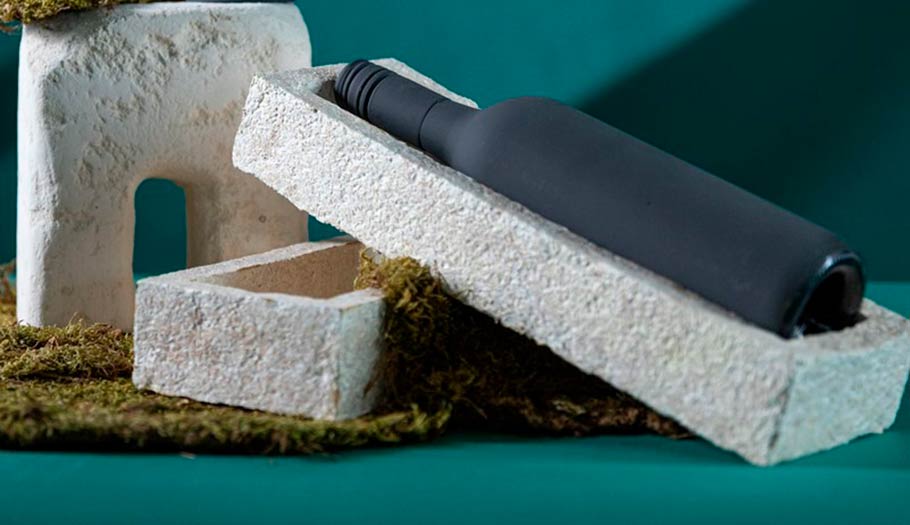
Recently, information about developments in the field of bioplastic has been increasingly appearing in the news of the packaging world. One scientific laboratory in the USA quite recently has even received a large grant for such developments. However, what we want to talk about now is not even bioplastic. It is a completely new material, which in certain type of packaging is quite capable of replacing plastic.
It all starts with organic waste that is split and combined with mycelium, the root system of fungi. Then this mass is placed in the form required by the customer and left in a warm dark room for a week. During this time, the mycelium creates its airy cobweb structure, which acquires the desired shape and strength, as well as a white and smooth surface. Organic waste is almost completely split by mycelium. Myco-Materials, as the new material is called, is then air-dried and heat treated to create inert packaging products.
This material was developed and is now actively distributed in Australia, it is produced by Fungi Solutions. Manufacturers call the most important advantage of Myco-Materials its complete bioorigin and subsequent complete processing through composting, including homemade. This fits very well with the global national goals of Australia, where they decided to abandon all single-use plastic packaging by 2025.
Judging by the characteristics, this material is perfect for packaging fragile goods such as electronics, glass, crystal, etc. It is clear that the material is hardly suitable for large scale production. However, its use for packaging branded, premium products can once again not only emphasize the status of the product, but also add points to the company as a supporter of environmentally friendly packaging solutions.
The materials of the websites packaginginsights.com, fungisolutions.com.au were used.

